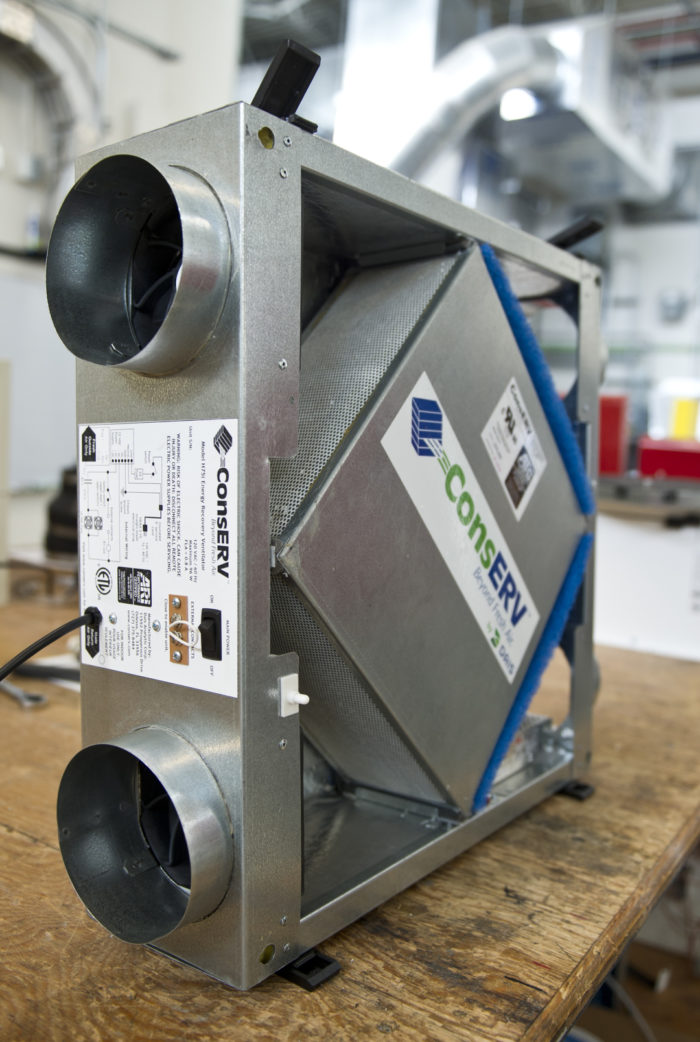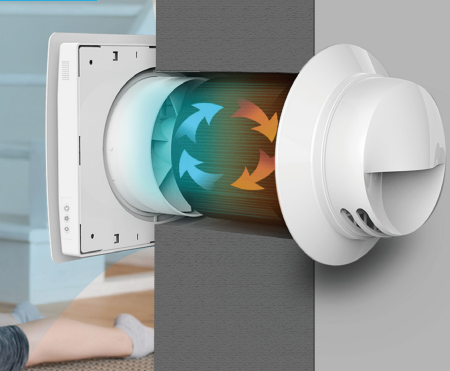The Function of HRV in Sustainable Living
Wiki Article
The All-Inclusive Guide to the Uses of Heat Recovery Ventilation in Modern Structures
Heat Recovery Ventilation (HRV) systems represent a substantial advancement in constructing innovation (HRV Heat Recovery Ventilation). They supply a method for trading stale indoor air with fresh outdoor air while decreasing power loss. This strategy not just enhances interior air high quality however likewise adds to energy performance in both household and business structures. Comprehending the numerous applications and benefits of HRV can disclose its crucial role in contemporary design and sustainability efforts. The ramifications of this innovation deserve checking out additionallyComprehending Heat Recovery Ventilation Systems

Many modern-day buildings focus on energy effectiveness, comprehending warmth recuperation air flow (HRV) systems is essential for enhancing interior air high quality and decreasing energy consumption. HRV systems work by transferring warmth from stale interior air to incoming fresh air, effectively keeping comfortable indoor temperature levels while decreasing power loss. These systems consist of a warm exchanger, followers, and ductwork that promote the circulation of air. Throughout winter months, HRV devices capture and recycle heat from the outbound air, while in summer season, they can assist cool inbound air. By constantly trading air, HRV systems also lower humidity and the concentration of interior contaminants. Proper installation and upkeep of HRV systems are vital for their performance and effectiveness in enhancing total building efficiency and convenience.
Benefits of Heat Recovery Ventilation
Heat recovery ventilation systems offer various advantages that improve both energy efficiency and indoor air high quality in modern structures. By catching and reusing power from exhaust air, these systems considerably minimize cooling and heating prices, causing reduced power usage. They preserve a steady flow of fresh exterior air, minimizing the threat of indoor air pollutants and allergens. This constant exchange aids manage moisture degrees, protecting against mold and mildew development and making certain a healthier living environment. In addition, HRV systems add to sustainability goals by reducing overall carbon footprints. Their capacity to optimize ventilation without compromising thermal comfort makes them a beneficial addition to modern structure design, advertising both financial and environmental benefits.Applications of HRV in Residential Structures
As homeowners increasingly focus on power performance and interior air high quality, the applications of warm recuperation ventilation (HRV) systems in domestic buildings have actually become extra prevalent. HRV systems are particularly beneficial in snugly sealed homes, where keeping fresh air circulation is necessary for stopping moisture accumulation and interior pollutants. They successfully transfer heat from outgoing stagnant air to inbound fresh air, reducing energy expenses connected with heating & cooling. In addition, HRVs can improve convenience degrees by managing humidity and temperature level. They are also adaptable for numerous residential styles, including single-family homes and multi-unit structures. Generally, incorporating HRV systems sustains sustainable living techniques while guaranteeing a healthier indoor setting for residents.HRV in Business and Industrial Settings
In industrial and commercial settings, the application of heat recovery air flow (HRV) systems has ended up being increasingly critical for optimizing energy efficiency and keeping air high quality. These systems effectively move warm from exhaust air to incoming fresh air, lowering the demand for extra home heating or cooling. This not just decreases energy expenses however likewise adds to sustainability initiatives. Industries such as manufacturing, warehousing, and office structures benefit greatly from HRV systems, as they help regulate temperature level and humidity levels, guaranteeing a comfy and effective atmosphere. HRV systems help in removing contaminants and excess dampness, improving indoor air high quality. As go to the website regulations around air top quality become stricter, the fostering of HRV innovation is likely to grow, making it an important part of modern business and industrial facilities.Future Trends in Heat Recovery Ventilation Modern Technology

Frequently Asked Questions
How Does Heat Recovery Ventilation Impact Indoor Air Top Quality?
Heat recovery ventilation considerably enhances indoor air top quality by continuously exchanging stale interior air with fresh outdoor air while recuperating energy. This process reduces pollutants, keeps ideal humidity degrees, and assures a much healthier setting for residents.Can HRV Systems Be Set Up in Existing Structures?
HRV systems can indeed be set up in existing structures. Retrofitting might require adjustments to ductwork and ventilation formats, however it substantially improves power performance and indoor air high quality, making it a practical alternative for older frameworks.What Upkeep Is Needed for HRV Solutions?

Are There Certain Climates Where HRV Is Much More Efficient?
Heat recovery ventilation systems are especially efficient in environments with substantial temperature level distinctions in between periods. These systems enhance power effectiveness by recouping warmth from exhaust air, making them ideal for link both cool and reasonably cozy environments.Exactly How Do HRV Solutions Affect Power Bills?

Report this wiki page